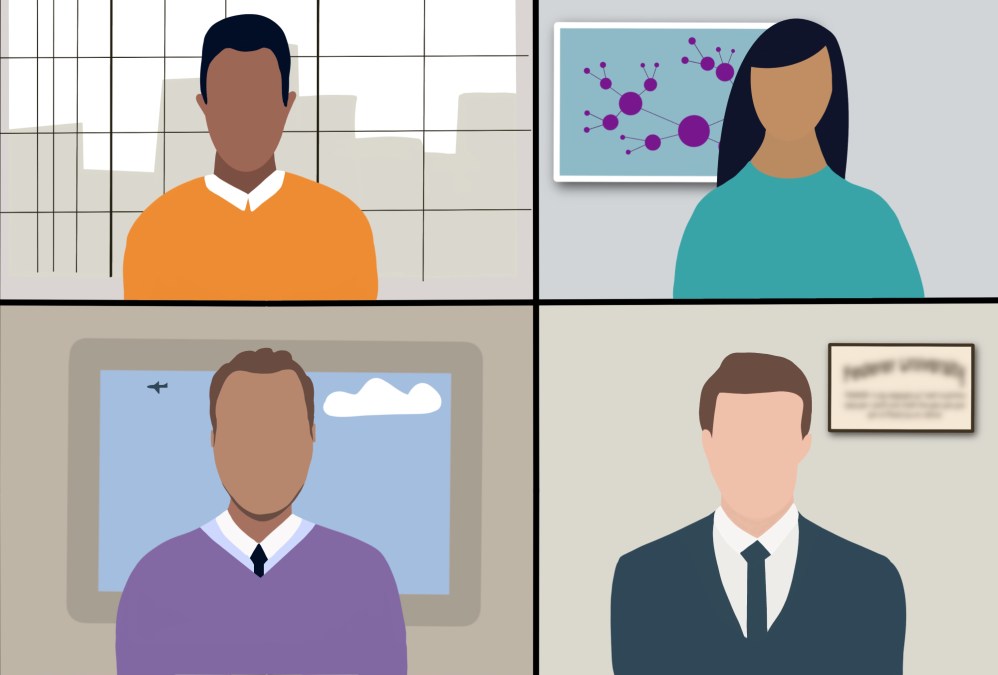As a novel coronavirus started sweeping across the United States a year ago, it dawned quickly on state chief information officers that their offices and the governments they supported — like countless schools, businesses and organizations around the world — would have to quickly empty out and equip themselves and their customer agencies to keep working remotely.
While acquiring enough laptops, VPN licenses, video conferencing tools and other hardware and software was challenging enough, it also fell on many CIOs to address so many other issues laid bare by the COVID-19 pandemic. Unemployment systems, crushed by record-busting levels of demand, had to be stripped down and rebuilt in days. Other public-facing services like motor vehicles and nutrition assistance needed to be delivered virtually. Contact-tracing systems, an attempt to track the spread of the virus, needed to be built from scratch — sometimes with the help of giant tech corporations, sometimes not.
The events of the past 12 months have also put IT agencies at the forefront of their respective state governments unlike at any other moment. Reflecting on a year-plus of responding to a pandemic that’s killed 542,000 Americans and sickened nearly 30 million, four state CIOs shared with StateScoop some of what they’ve learned about tech’s role in government and how the health crisis has impacted them.
“People have had to do things that are outside the ordinary me under this emergency situation,” says longtime Connecticut CIO Mark Raymond. “We’ve done the same on the technology side.”
For other CIOs, like Indiana’s Tracy Barnes, the pandemic has defined their entire tenures. “As painful as it’s been, for me to come in at at a time when technology was at its at its highest need its most appreciated level, I could not have asked for a better time to take over,” says Barnes, who stepped into his role on March 6, 2020, five days before the World Health Organization declared a global pandemic.
Now, with COVID-19 possibly receding with the distribution of vaccines — which has vexed some state IT agencies — CIOs are starting to envision the future of state government. But realizing the post-pandemic environment won’t simply be a matter of laptop supplies and software licenses. The crisis has also underscored how tech decisions directly impact constituents’ lives.
“One of the things that I think came through the pandemic is we know that we rely on technology heavily, and we certainly did in order to be able to deliver, but at the end of the day, these are human issues,” says Texas CIO Amanda Crawford. “And how do we respond in that compassionate way as a government?”
These interviews have been condensed and edited.
